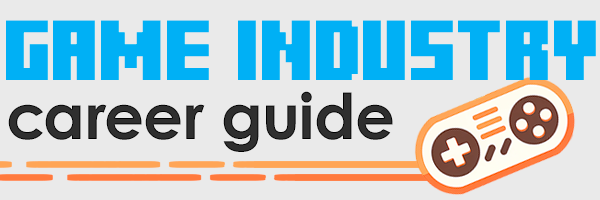New Media Art Portfolio Example
 If you’re like most artists, your online portfolio has one or two pieces you aren’t totally proud of. And if you’ve been asked about them in a job interview, you may have fallen into the trap of explaining, apologizing, or making excuses.
If you’re like most artists, your online portfolio has one or two pieces you aren’t totally proud of. And if you’ve been asked about them in a job interview, you may have fallen into the trap of explaining, apologizing, or making excuses.
But according to Brent Watanabe, a Seattle-based new media artist, you should aways stay positive when discussing your portfolio. “Don’t make excuses or apologize for your work,” he says. “Present your work with pride, while remaining open to, and learning from, criticism.”

New Media Art Portfolio Example
Watanabe is no stranger to artistic critique. He’s been a pioneer in new media art technologies for over twenty years, exhibiting his cutting-edge video work and robot-filled installations. And nothing invites critique like showing audiences art forms they’ve never seen before — art that inspires mixed emotions ranging from delight, to curiosity, to emotional discomfort.
 New Media Art Portfolio Example
New Media Art Portfolio ExampleArtist: Brent Watanabe
Job: New Media Artist
Portfolio: http://bwatanabe.com
Document your process
When you view Watanabe’s online portfolio, there’s something you’ll notice right away: his pictures and videos of in-progress artwork. While many artists use their portfolios to showcase finished pieces, Watanabe’s also tells a story about his process from start to finish.
Why does he think a portfolio site should include documentary? Because when he builds and programs computer-controled installations, his process is painstaking. And it draws attention from employers and galleries. “I’ve used my online portfolio to apply for art exhibitions as well as commercial jobs,” he says. “Nowadays, an online portfolio is necessary for both.” He recommends that artists include preliminary sketches and early mockups in their portfolios, as well as images and video of the final product.
But Watanabe hasn’t always documented so well. And whenever he didn’t, he’s regretted it. “I’ve had several art exhibitions where my documentation was sub-par,” he says. “And I kick myself since I can’t go back and document now.” If your art technique is novel or interesting, document it before you finish — or you’ll lose the opportunity forever.

Only show your best work
With an art career spanning decades, how does an artist decide what to include in the portfolio? According to Watanabe, less is more. “I used to believe the more items in a portfolio, the better. I used to throw it all in there,” he says. But now, he only includes work that proudly represents his artistic practice. He says, “After a lot of trial and error, and looking at a number of amazing portfolios, I understand it’s important to show only your best work.”
And remember, for landing new jobs or exhibitions, documenting your process could be as important as your finished pieces. Watanabe advises that you take high-quality photos and footage of your progress, and include them in your portfolio alongside the results. As for his own portfolio, he says, “I only include work that has been well documented with professional-level photos and video.”
Everyone’s a critic
While Watanabe holds his artwork to a high standard, we suspect he may be dragging his feet when it comes to the tech powering his portfolio. When we asked him why his site looks subpar on mobile devices, he chuckles. “I’ve had this portfolio site for five or six years, and it’s not designed to be responsive to tablet or mobile. I keep meaning to attack that problem, but then I get going on another art project.”
Fortunately, he took our criticism in stride. After all, maybe his attitude is understandable: who wants to spend a weekend battling with CSS, when there are rooms full of robots to build?
All images via Brent Watanabe, bwatanabe.com
Read my new book!
Making games for a living is an incredibly rewarding career, but it’s hard to break in unless you have insider knowledge. This book levels the playing field.


Leave a Reply